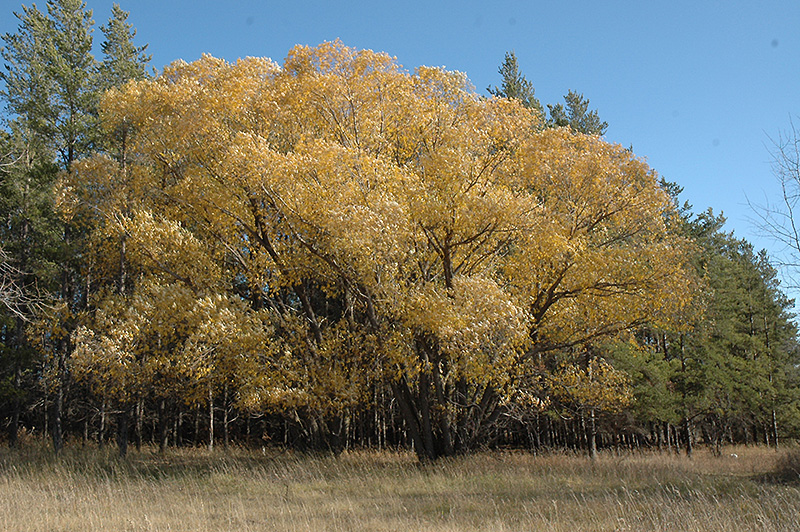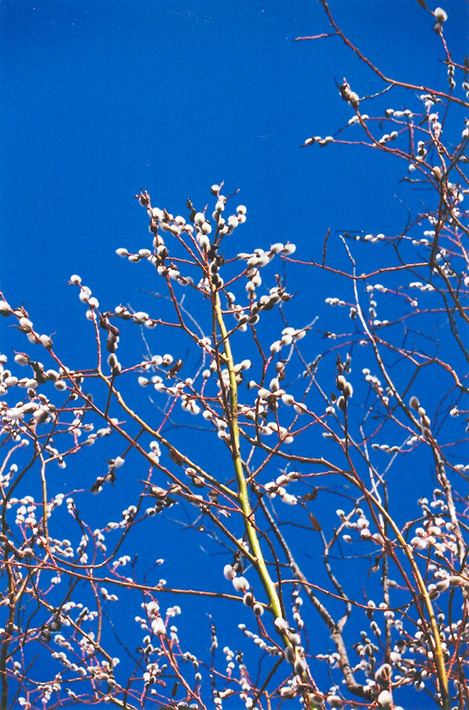Height: 80 feet
Spread: 70 feet
Sunlight:
![]()
Hardiness Zone: 2a
Description:
A tough, durable low-branched shade tree, adaptable to all soils, performs well even in standing water; a great climbing tree when mature, one of the best windbreak trees; tends to drop branchlets, aggressive root system, so do not plant near homes
Ornamental Features
White Willow has rich green deciduous foliage on a tree with a round habit of growth. The glossy narrow leaves turn gold in fall. The furrowed brown bark and gold branches add an interesting dimension to the landscape.
Landscape Attributes
White Willow is a dense deciduous tree with a more or less rounded form. Its average texture blends into the landscape, but can be balanced by one or two finer or coarser trees or shrubs for an effective composition.
This is a high maintenance tree that will require regular care and upkeep, and is best pruned in late winter once the threat of extreme cold has passed. Gardeners should be aware of the following characteristic(s) that may warrant special consideration;
- Messy
- Invasive
White Willow is recommended for the following landscape applications;
- Shade
- Windbreaks and Shelterbelts
Planting & Growing
White Willow will grow to be about 80 feet tall at maturity, with a spread of 70 feet. It has a low canopy with a typical clearance of 5 feet from the ground, and should not be planted underneath power lines. It grows at a fast rate, and under ideal conditions can be expected to live for 80 years or more.
This tree should only be grown in full sunlight. It is an amazingly adaptable plant, tolerating both dry conditions and even some standing water. It is considered to be drought-tolerant, and thus makes an ideal choice for xeriscaping or the moisture-conserving landscape. It is not particular as to soil type or pH. It is highly tolerant of urban pollution and will even thrive in inner city environments. This species is not originally from North America.


